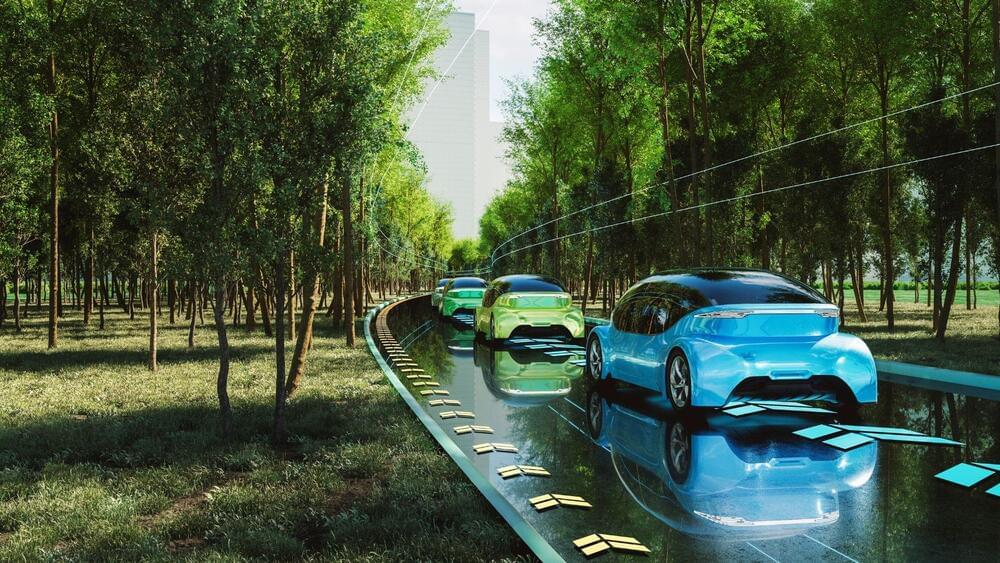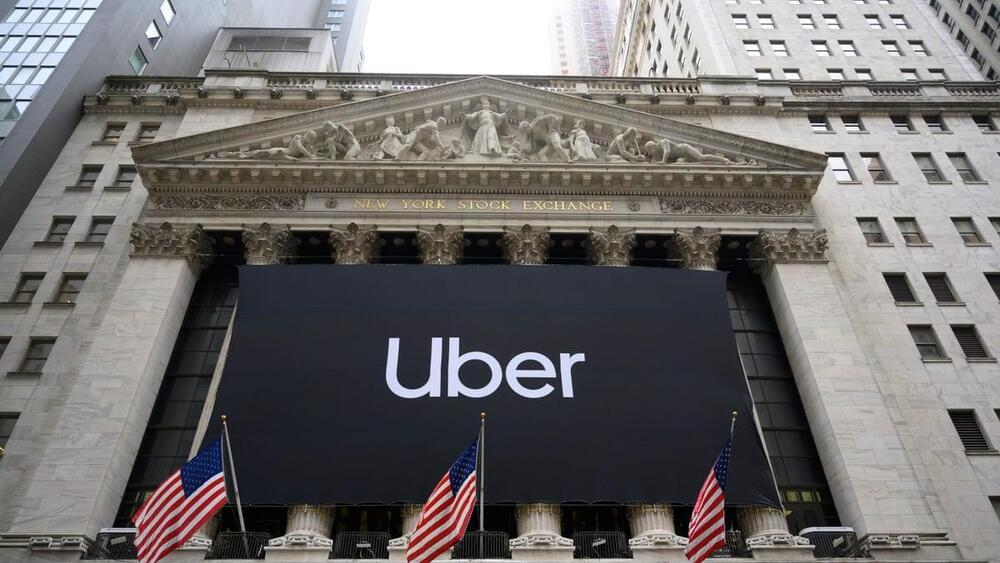‘The way it works is similar to how a robotic arm might reach out and clean a surface.’
The future of dental care could have new robotic allies. A group of researchers from the University of Pennsylvania has developed an automated, hands-free oral hygiene system that adapts to the shape of your teeth.
The researchers claim this system can clean teeth more efficiently than the toothbrush and dental floss, according to an article published by the university in July.
Wildpixel/iStock.
A group of researchers from the University of Pennsylvania has developed an automated, hands-free oral hygiene system that adapts to the shape of your teeth.









